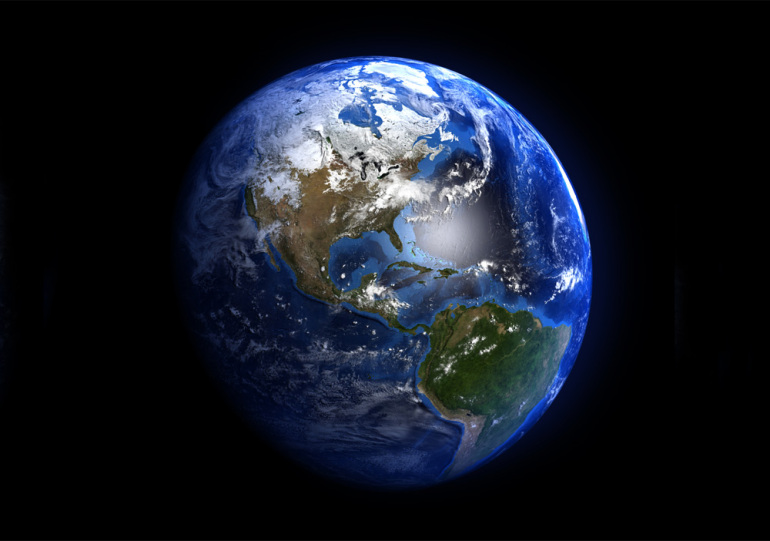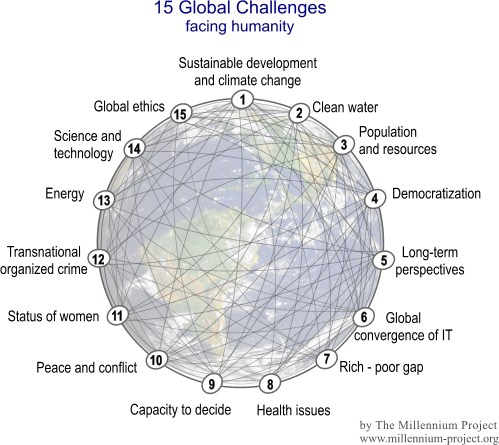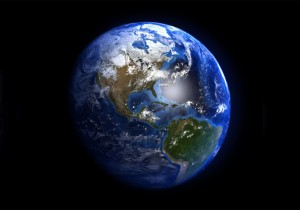March 23, 2014 – Last week I reported on the imminent release of The Millennium Project’s State of the Future 2014. The Millennium Project has been around since 1996 and serves as a central clearing house for ideas about the future from 3,500 contributors whose backgrounds include academics, government, business, NGOs and think tanks. The 2014 State of the Future represents a distillation of current thoughts.
What are they?
- The outlook for the next decade is more positive than negative based on an analysis of 30 factors, among them, health, freedom, education, environment and wealth. The outlook for the next 100 years, however, could be disastrous.
- We are witnessing a worldwide reduction in poverty even though half of the world’s wealth is concentrated in the hands of 1% of the population.
- We are witnessing a rise in education and literacy making humans more knowledgeable and less tolerant of elites, and government which is trending toward increased unrest, revolution and other signs of civil disobedience.
- Population growth is expected to add almost a billion humans to Earth in a little more than a decade.
- Organized crime continues to increase costing the world twice what nations spend on military budgets, and a number of nation states have become active criminal participants.
- War is generally on the decline.
- Collective intelligence systems are making us all smarter.
- Human consumption is threatening all of nature.
- The cost of natural disasters and annual economic losses from climate change is increasing and could reach $300 billion U.S. per year by 2025 according to the reinsurance industry.
- Africa will need an investment of $675 billion U.S. by 2030 to achieve a low-carbon sustainable level of growth, and ensure energy and food self-sufficiency.
- Asia and Oceania will witness the largest migration from rural to urban environments, and from climate change threatened coastal and island states. Urban growth will require an urban systems ecology strategy or else the region will face catastrophe from coastal land loss, resource depletion, freshwater stresses and other climate-related impacts.
- Central and South America will face deforestation challenges with Brazil forced to choose between agricultural development and Amazonian rainforest retention with the latter the planet’s primary land-based carbon sink.
- North America may be the least affected region of the globe over the next decade but it will still feel the impact of climate change. Continuing drought in the American southwest will contribute to a drop in agricultural productivity, and will lead to urban migration away from the region because of water stress, and extreme weather events.
- Polar regions, particularly the North, will feel the affects of a warmer atmosphere far more than any other part of the planet with permafrost temperatures expected to rise contributing to GHG emissions of methane that could further destabilize the climate.
- The oceans, the largest carbon sink on the planet, will continue to trap CO2 which will contribute to acidification with impacts on calciferous zoo and phytoplankton at the base of the marine food chain. The rate of acidification remains unknown but over the remainder of the century could prove to be the single most disastrous element resulting from human contributions to climate change.
The report summarizes the 15 global challenges in a diagram which I have reproduced here.
In addressing the primary challenge which is climate change and sustainable development the report provides an honest current assessment. Today human contributions to greenhouse gases (GHGs) sit at 49.5 gigatons per year. To retain a balance between nature’s absorptive capacity for sequestering carbon, those emissions need to be halved. Meeting that kind of goal is seen as disastrous for the world economy. That’s why world leadership today is prepared to accept the consequences of warming over the next century while hitting GHG targets well short of the 25 gigaton mark.
But if we carry on at current trends GHG emissions will hit 56 gigatons by 2020. If we commit to a 2 degrees Celsius (3.6 Fahrenheit) target then emissions need to drop to 44 gigatons in the same period. In any event what we are pumping into the atmosphere over the next decade will alter our climate for centuries. And with what the ocean absorbs to offset GHGs in the atmosphere we will see the impact of human-generated CO2 last for at least a millennium.
On the issue of sustainability, climate change is only one of the threats we face. The other is growing consumption within the Developing World that will add 3 billion members to the Earth’s middle class by 2030. That consumption will impact agriculture and in particular meat, dairy and fish production. We either address these rising expectations or face the consequences.
That calls for leadership. In one of its major recommendations the report calls on China and the United States to invest in an equivalent to the Apollo Program of the 1960s with a focus on developing a global response to climate change. This would include funding a wide range of new technologies to mitigate GHGs including:
- Better batteries.
- Green electric vehicles.
- Saltwater agriculture.
- Carbon capture and sequestration.
- Carbon reuse.
- Solar power generation from space.
- Mass transit.
- Urban ecology and sustainable architecture.
- Growing meat without animals.
- Sensors for global monitoring to improve collective environmental and climate intelligence.
In addition China and the United States would take the lead in introducing:
- The legislating of carbon taxes and cap and trade schemes.
- Funding reforesting and inhibiting global deforesting.
- Implementing conservation, recycling, industrial and infrastructure improvement programs, and cogeneration projects to recapture energy lost through waste.
- Ending government direct and indirect subsidies to the fossil fuel industry and supplanting these with incentives and programs friendly to renewables.
Through the leadership of these two nations who today are greatest contributors to GHGs on the planet, humanity would begin to move in the right direction ending the dire warning of catastrophe in the next 100 years.
















As far as knowing or not knowing by how much the oceans have acidified, what I was able to find through my reading is that since the start of the Industrial Revolution in 1760, the world’s oceans are at least 30 percent more acidic. The source I referenced where I found this information is: “Hot Tub Time Machine” by Elizabeth Kolbert in OnEarth magazine (http://www.onearth.org/articles/2014/02/elizabeth-kolberts-scary-swim-in-the-acidic-oceans-of-tomorrow?device=desktop).